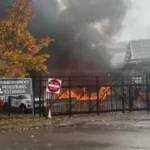The highest navigable lake in the world is shrinking.
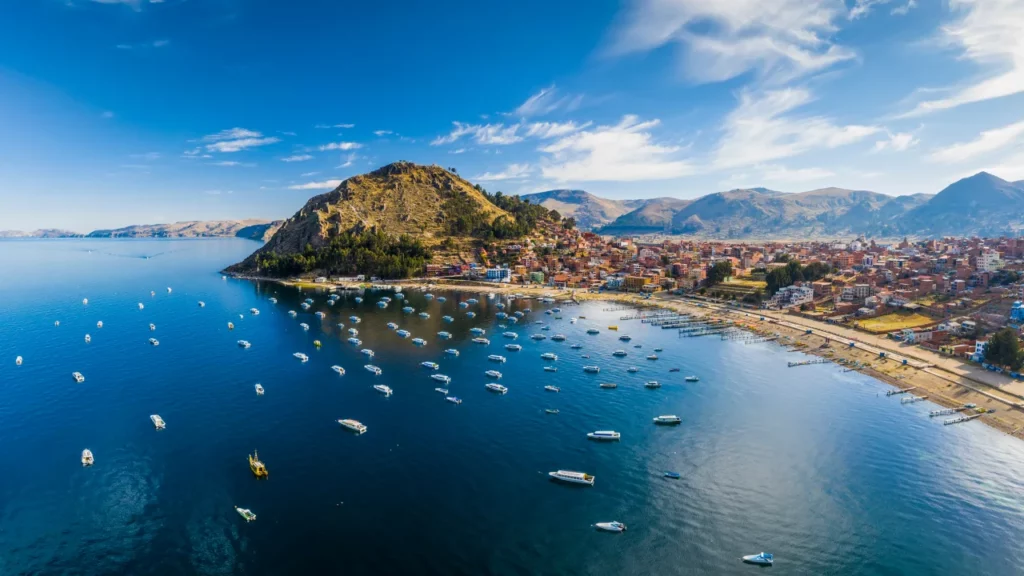
The Highest Navigable Lake in Peril: Lake Titicaca’s Water Levels at Risk.
Lake Titicaca, the crown jewel of South America’s natural wonders, is facing a critical challenge. As the highest navigable lake globally and the largest in South America, it has always held a special place in the hearts of both locals and tourists. However, it’s currently in the midst of an alarming crisis as its water levels plummet due to an unprecedented winter heatwave, wreaking havoc on the lives of those who depend on it.
Meet Nazario Charca, a 63-year-old resident of Lake Titicaca, who earns his livelihood by ferrying tourists around this magnificent lake. He, like many others, is deeply concerned about the dwindling water levels. “We don’t know what we will do from now until December because the water will keep getting lower,” he frets.
Lake Titicaca, often described as an “inland sea,” sprawls across over 3,200 square miles, straddling the border of Peru and Bolivia. Nestled at an altitude of around 3,800 meters (12,500 feet) in the central Andes mountain range, it holds the esteemed title of being the highest navigable lake globally. However, this extreme altitude exposes the lake to intense solar radiation, leading to increased evaporation, which is a primary contributor to its water losses.
This ecological wonderland is home to indigenous communities such as Aymara, Quechua, and Uros, each of whom relies on the lake for their livelihoods. The region depends heavily on fishing, agriculture, and tourism to boost its economy. Yet, the lake’s water levels are at a critical risk of losing their magic.
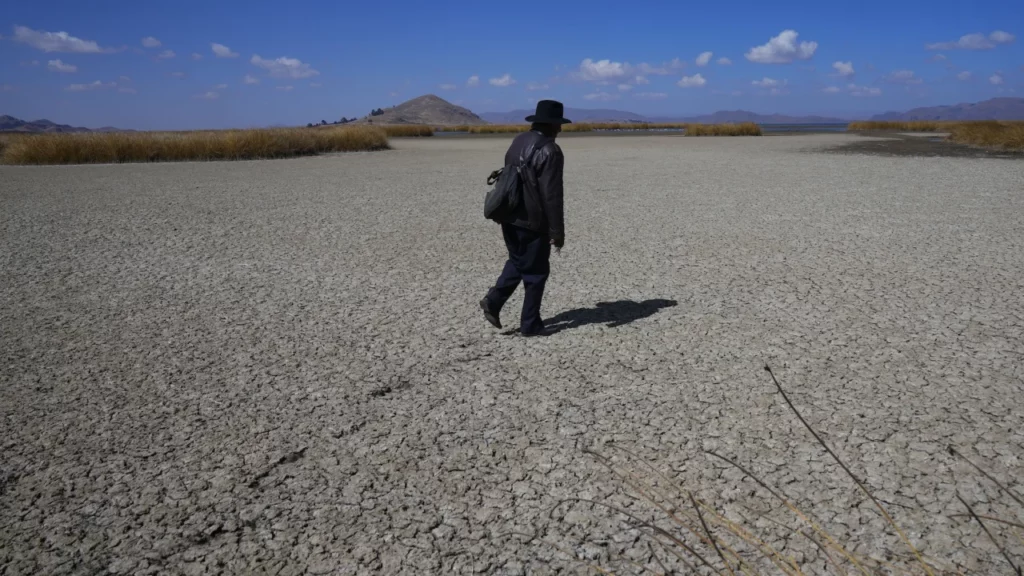
While it’s common for water levels to fluctuate annually, recent years have seen these fluctuations become increasingly severe due to the looming climate crisis. A record-breaking winter heatwave has accelerated the evaporation process, causing the lake to recede even further. Meteorologist Taylor Ward attributes this to worsening water deficits caused by drought.
Sixto Flores, the director in Puno for Peru’s national meteorology and hydrology service (Senamhi), has shared alarming statistics. Precipitation in the region has been 49% lower than the average from August 2022 until March 2023, a period that typically includes the rainy season when water levels should naturally recover. Flores predicts that by December, the lake’s water levels will reach their lowest point since 1996 if the evaporation rate continues unabated. This is a grave situation, indeed.
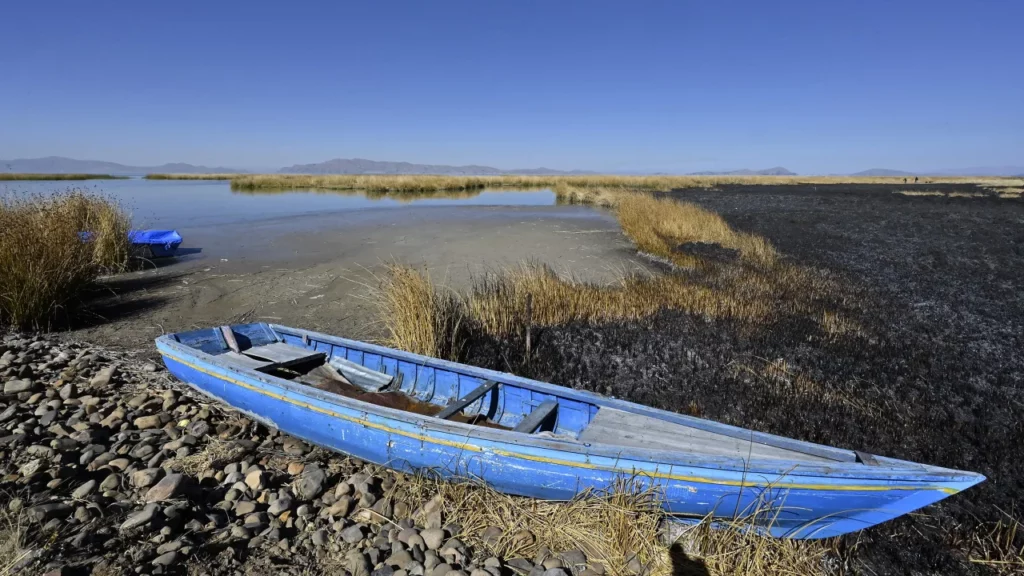
This decline in water levels isn’t a sudden occurrence; it’s part of a gradual trend that has persisted in recent years. A study analyzing satellite images from 1992 to 2020 revealed that Lake Titicaca is losing approximately 120 million metric tons of water annually, primarily due to shifts in precipitation and runoff.
The communities relying on fishing are grappling with multiple challenges, including low water levels, declining fish stocks due to pollution, and overfishing. Agriculture has also been adversely affected, with crops suffering greatly during the last harvest season. Local staples like quinoa and potatoes, along with oats for livestock, have taken a hit.
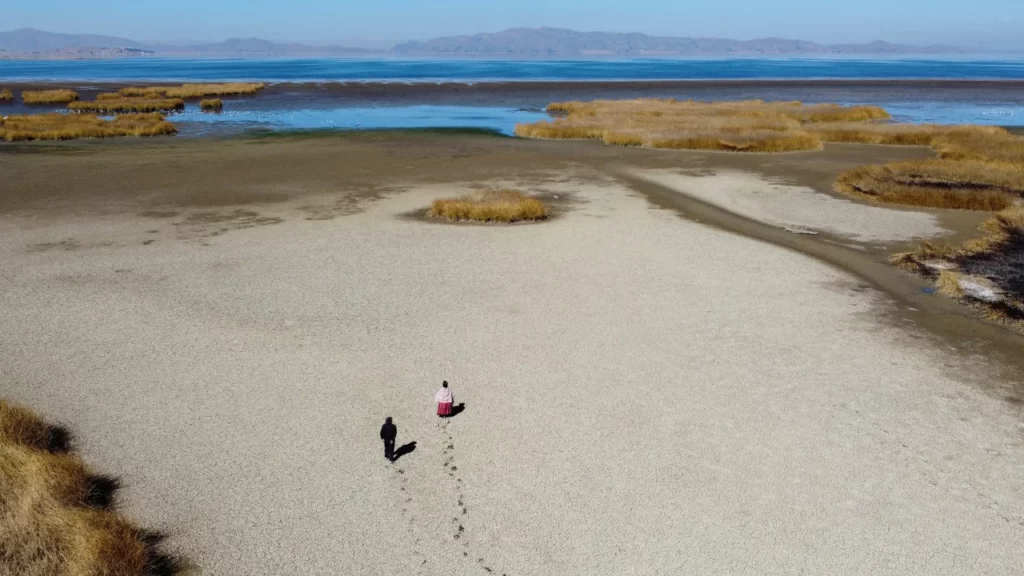
Tourism, another cornerstone of the regional economy, has suffered as well. Tourists’ boats have been stranded due to the receding waters, causing economic distress. Jullian Huattamarca, a local textile seller on the island of Taquile, laments, “We are extremely worried most of all because the water level is falling a lot at the moment. We want the tourists to come back, particularly foreign tourists.”
Puno, the region encompassing the Peruvian side of Lake Titicaca, has historically been underdeveloped and marginalized. The region has faced a series of challenges, from the impact of the Covid-19 pandemic to social unrest and calls for political change. These factors have compounded the economic difficulties faced by the local population.
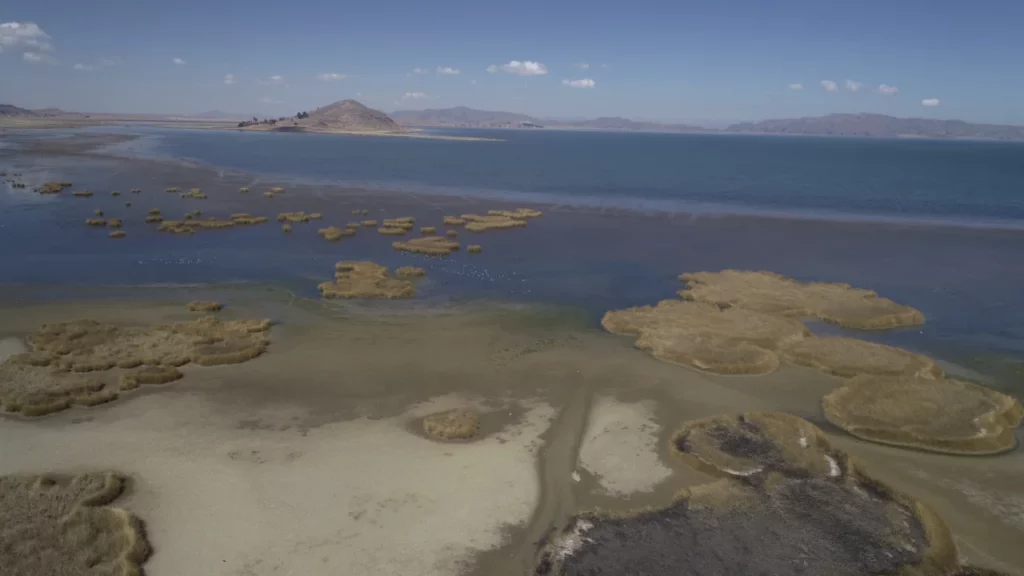
Many have been forced to leave the region in search of better opportunities, particularly during the pandemic when basic necessities like food became scarce. The ongoing drought, reminiscent of a previous one in 1991, could potentially trigger more migrations as the subsistence economy crumbles due to food shortages.
For indigenous communities like the Uros, the drought poses a direct threat to their way of life. The Uros have crafted islands from dried totora reeds that float on the lake for centuries. These reeds are not only used for building but also for making boats. However, with lower water levels, there are fewer reeds available, endangering their cultural heritage.
Looking ahead, the situation appears bleak. El Niño, a natural phenomenon marked by warmer temperatures in the tropical Pacific Ocean, is currently underway. Grinia Avalos, deputy director for climatology with Senamhi, warns that these warmer temperatures are expected to persist until at least February 2024, further contributing to reduced rainfall in the Andean region.
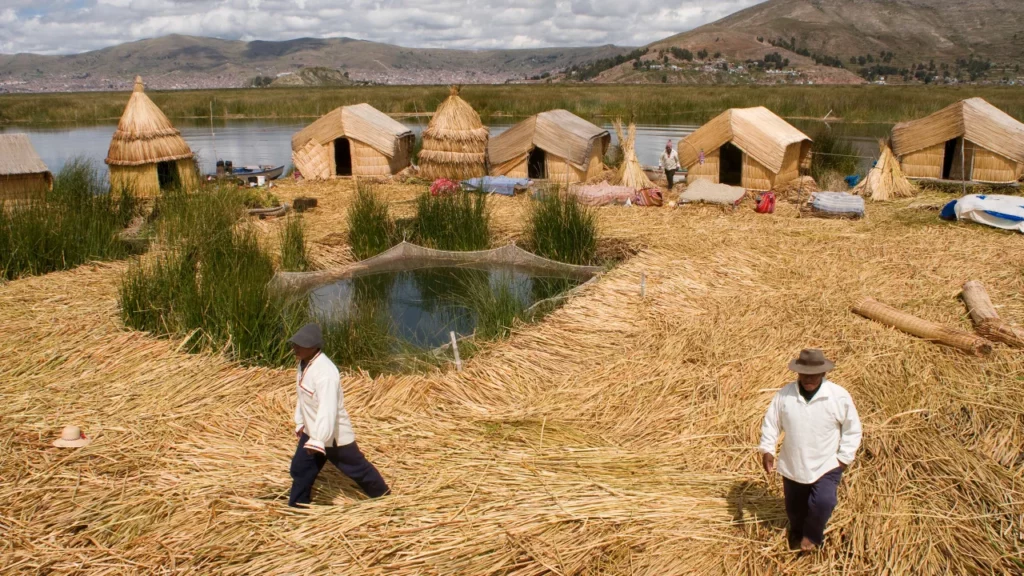
For Connor Baker, an analyst at International Crisis Group, this crisis demands long-term action to safeguard the livelihoods of those who depend on Lake Titicaca. He emphasizes that while the lake’s fluctuations have historically been linked to natural climate variations, the influence of climate change is exacerbating the situation. Local communities, reliant on the lake for their livelihoods, are particularly vulnerable, underscoring the urgent need for strategies to address the challenges posed by increasingly intense fluctuations in water levels. The future of Lake Titicaca and the people who depend on it hangs in the balance, and immediate action is imperative.
By: M Z Hossian, Editor Sky Buzz Feed







